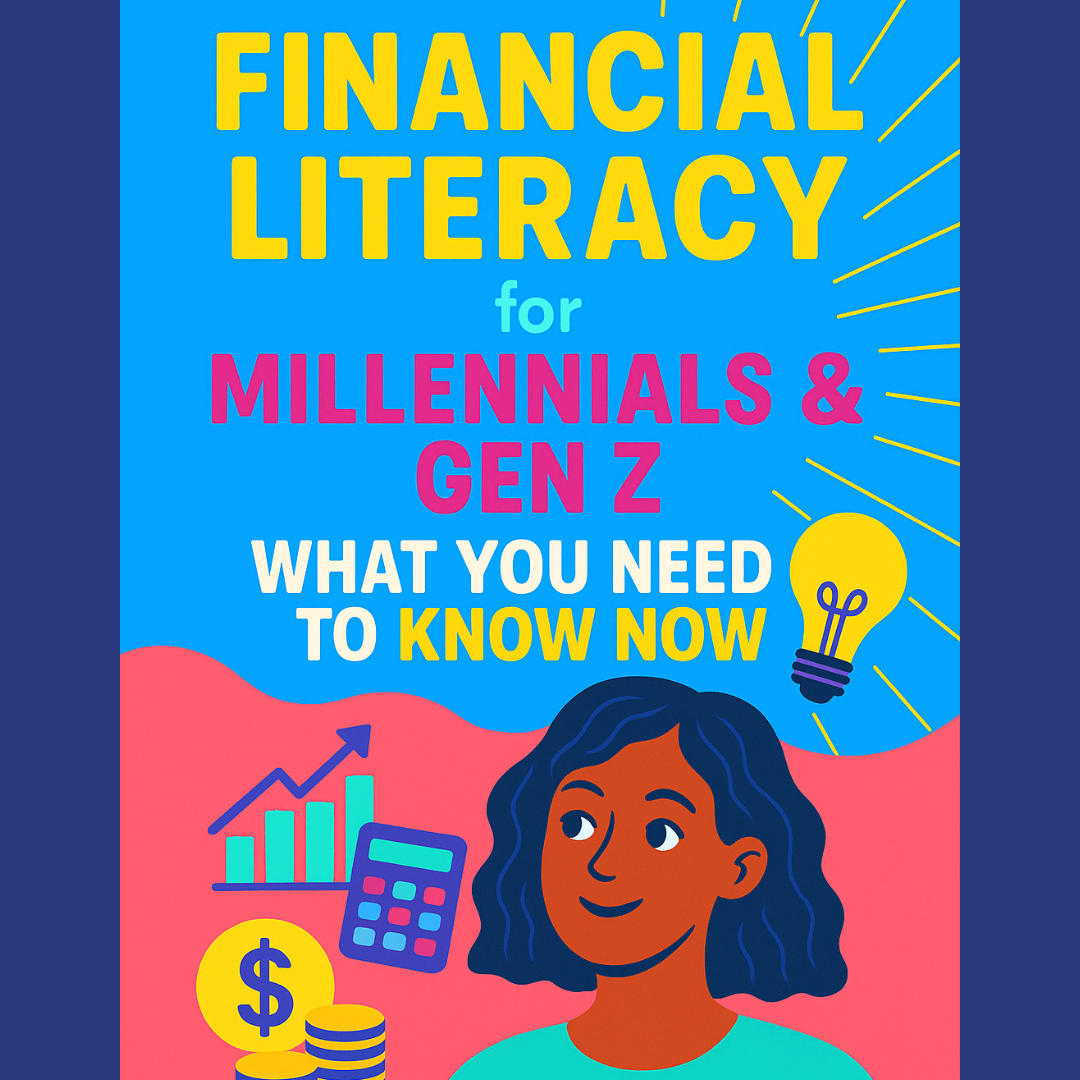Crafting a well-thought-out content strategy is essential for anyone looking to build a strong online presence. Whether you’re a blogger, entrepreneur, marketer, or business owner, content is the driving force behind engagement, brand awareness, and conversions. But creating content that resonates with your audience requires more than just throwing up random posts. You need a clear, structured approach to guide your efforts.
In this guide, we’ll break down everything you need to know about developing a content strategy from start to finish. Whether you’re starting from scratch or fine-tuning an existing strategy, this guide is packed with actionable tips and insights to help you succeed.
Why Is Content Strategy Important?
Before diving into the nitty-gritty of creating a content strategy, it’s important to understand why having one matters. A content strategy serves as your roadmap. It aligns your content creation efforts with your business goals, ensuring that every piece of content you produce helps you move toward those objectives. Without a strategy, your content could be directionless, resulting in wasted time, resources, and missed opportunities.
A strong content strategy ensures:
- Consistency: You publish content regularly and stay relevant.
- Audience Alignment: Your content speaks directly to the needs and interests of your target audience.
- Increased ROI: By targeting the right audience with the right content, you improve your chances of converting readers into customers.
- Brand Authority: Quality content helps establish you as an expert in your field, building trust and loyalty with your audience.
Step 1: Define Your Goals
The first step in developing any content strategy is identifying your goals. What do you want to achieve through content? If you don’t know what you’re working toward, it’s impossible to measure success.
Start by asking yourself the following questions:
- Are you looking to increase brand awareness?
- Do you want to drive traffic to your website or blog?
- Is your goal to generate leads or boost sales?
- Are you trying to build a loyal community or engage with your audience?
Once you’ve defined your goals, write them down and make them SMART (Specific, Measurable, Achievable, Relevant, Time-bound). This ensures that your goals are clear, actionable, and trackable.
Step 2: Know Your Audience
Understanding your target audience is the foundation of any successful content strategy. After all, you’re creating content for them, so it’s essential to know their pain points, interests, and preferences.
To develop a deep understanding of your audience:
- Create Buyer Personas: A buyer persona is a semi-fictional representation of your ideal customer based on research and data. You can create different personas for different segments of your audience.
- Research Your Audience: Look at the analytics of your website, social media, and any other platforms you use. Who’s interacting with your content? What’s resonating with them? Use surveys, social listening tools, and comments to gather insights.
- Understand Their Needs: Dive into their challenges, desires, and questions. This is crucial to providing them with valuable, relevant content.
The more specific you get about who your audience is and what they want, the easier it will be to craft content that speaks to them.
Step 3: Conduct Content Research
Now that you know your goals and audience, it’s time to research what kind of content will best serve them. Content research helps you identify what’s already out there in your niche and what gaps you can fill with your own content.
Here’s how to conduct effective content research:
- Audit Existing Content: Start by reviewing your own content. What topics have performed well in the past? What types of content do your readers engage with the most (e.g., blog posts, videos, infographics)?
- Competitor Analysis: Look at what your competitors are doing. What are they covering that you’re not? What are they doing well, and where can you do better? Tools like SEMrush and Ahrefs can help you analyze your competitors’ content strategy.
- Keyword Research: Use keyword research tools (like Google Keyword Planner or Ubersuggest) to discover high-traffic keywords related to your niche. This will help you create content that not only interests your audience but also ranks well in search engines.
- Trending Topics: Stay up-to-date with trends in your industry. Use tools like Google Trends and BuzzSumo to identify hot topics that are being discussed by your target audience.
The goal is to find content opportunities that align with both your audience’s needs and your business goals.
Step 4: Choose the Right Content Formats
Not all content is created equal, and different types of content resonate with different people in different ways. That’s why it’s essential to decide on the formats that will best convey your message.
Here are some of the most popular content formats to consider:
- Blog Posts: Ideal for detailed, long-form content that can provide value and answer questions. Blogs are excellent for SEO.
- Videos: Visual content is one of the most engaging forms of content. Videos are great for product demonstrations, behind-the-scenes looks, and tutorials.
- Infographics: These are perfect for breaking down complex information in a visual format, making it easier for your audience to digest.
- Podcasts: If your audience prefers audio content, podcasts are a great way to engage them on the go.
- Social Media Posts: Quick, engaging content for platforms like Instagram, Facebook, LinkedIn, and Twitter. These can be used to share bite-sized information, promotions, and updates.
- Ebooks & Guides: Great for capturing leads and providing in-depth knowledge on a particular topic.
By diversifying your content formats, you can reach a wider audience and keep things fresh and exciting for your followers.
Step 5: Create a Content Calendar
Consistency is key when it comes to content. That’s where a content calendar comes into play. A content calendar helps you plan and organize your content in advance, ensuring you never miss a publishing deadline.
When creating your calendar, consider the following:
- Frequency: How often will you publish new content? Will it be daily, weekly, or monthly?
- Themes: Will you have specific themes for certain months, seasons, or events? For example, you might write about “new year goals” in January or “holiday shopping” in December.
- Platforms: Which platforms will each piece of content be shared on? Make sure to plan for cross-promotion across multiple channels.
A content calendar keeps you on track and ensures that your content strategy remains consistent and focused.
Step 6: Write and Optimize Your Content
Now comes the fun part—creating the content itself! Whether you’re writing blog posts, creating videos, or designing graphics, focus on producing high-quality, engaging content that provides value to your audience.
Make sure your content is optimized for both your audience and search engines:
- Keyword Optimization: Naturally incorporate your target keywords into your content. Make sure they appear in titles, headers, and throughout the body of the content.
- Readability: Write in a clear, conversational tone. Use short paragraphs, bullet points, and subheadings to make your content easier to skim.
- Call to Action: Every piece of content should have a clear call to action (CTA) telling the reader what to do next. Whether it’s subscribing to your newsletter, downloading a resource, or making a purchase, guide your audience toward the next step.
The more engaging and valuable your content, the more likely it is to be shared, linked to, and ultimately bring you closer to your goals.
Step 7: Promote Your Content
Creating content is only half the battle. The other half is promoting it to ensure it reaches the right people. Content promotion is essential for increasing visibility and driving traffic to your site.
Here are some ways to promote your content:
- Social Media: Share your content across all relevant platforms. Engage with followers and encourage them to share it with their networks.
- Email Marketing: Build an email list and send your audience regular updates about new content.
- Collaborations & Guest Posts: Partner with other content creators, influencers, or industry leaders to extend your reach.
- Paid Advertising: Use paid ads on platforms like Facebook, Instagram, or Google to amplify your content and reach a wider audience.
Make sure to track the effectiveness of each promotion strategy so you can double down on what works.
Step 8: Measure Your Success
Lastly, measure the performance of your content strategy. Are you meeting your goals? Which types of content are driving the most engagement? Which platforms are generating the most traffic? Use analytics tools to track metrics such as:
- Website traffic
- Social shares and engagement
- Lead generation
- Conversion rates
By analyzing your data, you can adjust your strategy, optimize underperforming content, and continue creating content that delivers results.
Final Thoughts
Developing a successful content strategy takes time, effort, and continuous refinement. By following these steps, you’ll create content that resonates with your audience, aligns with your goals, and ultimately drives results. The key is consistency, creativity, and optimization.
Now it’s your turn to implement these strategies and start creating content that makes an impact. Stay focused, track your progress, and always be ready to adapt as you learn what works best for your audience.





